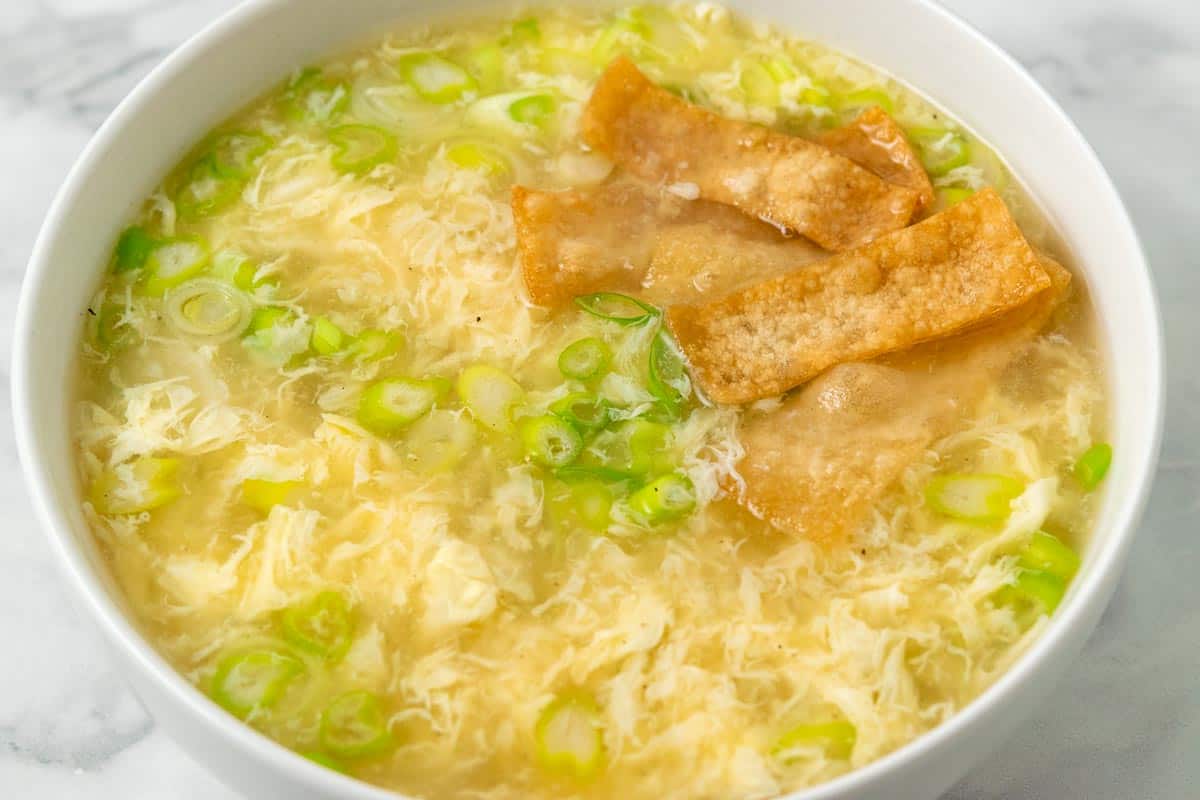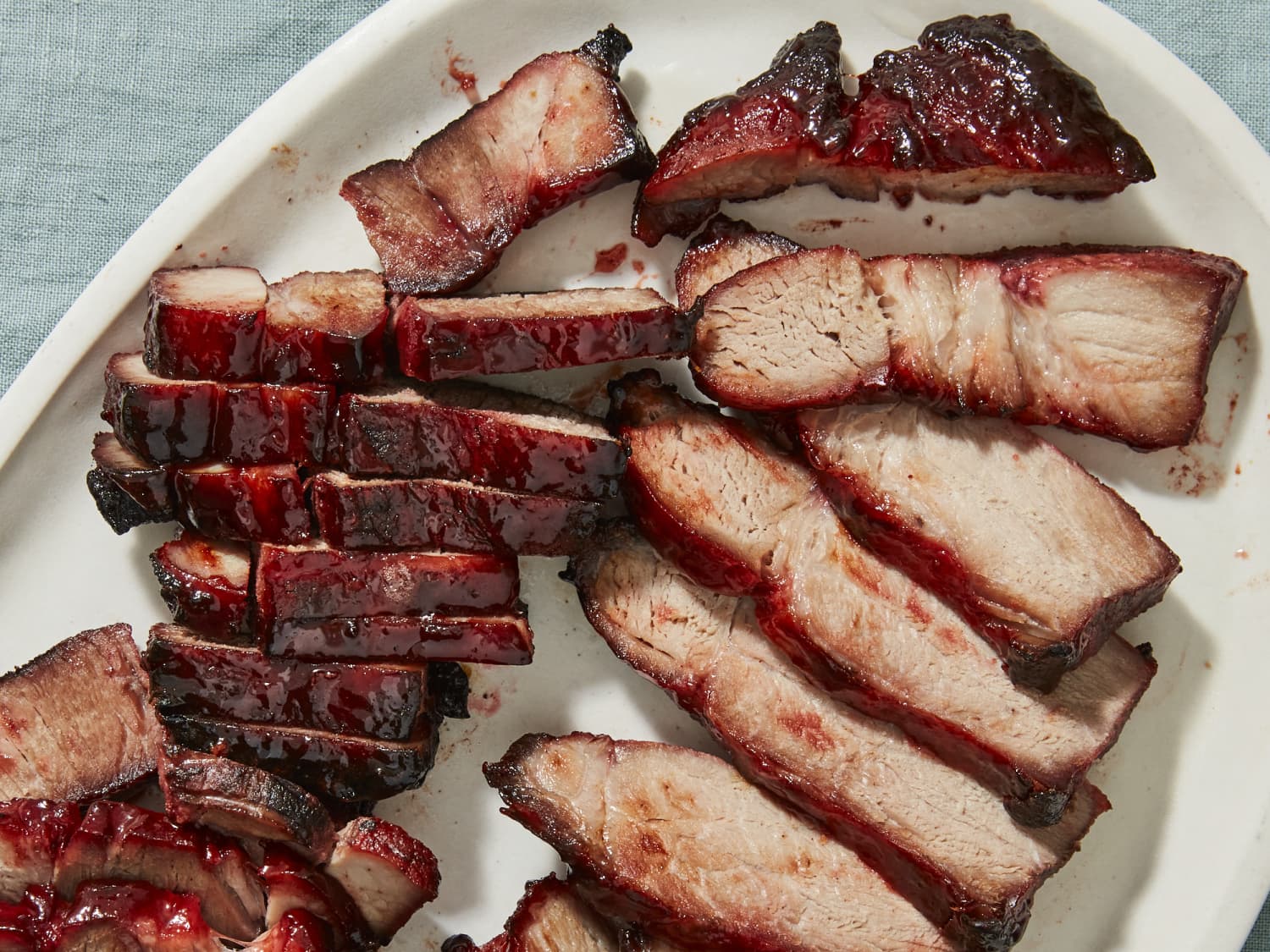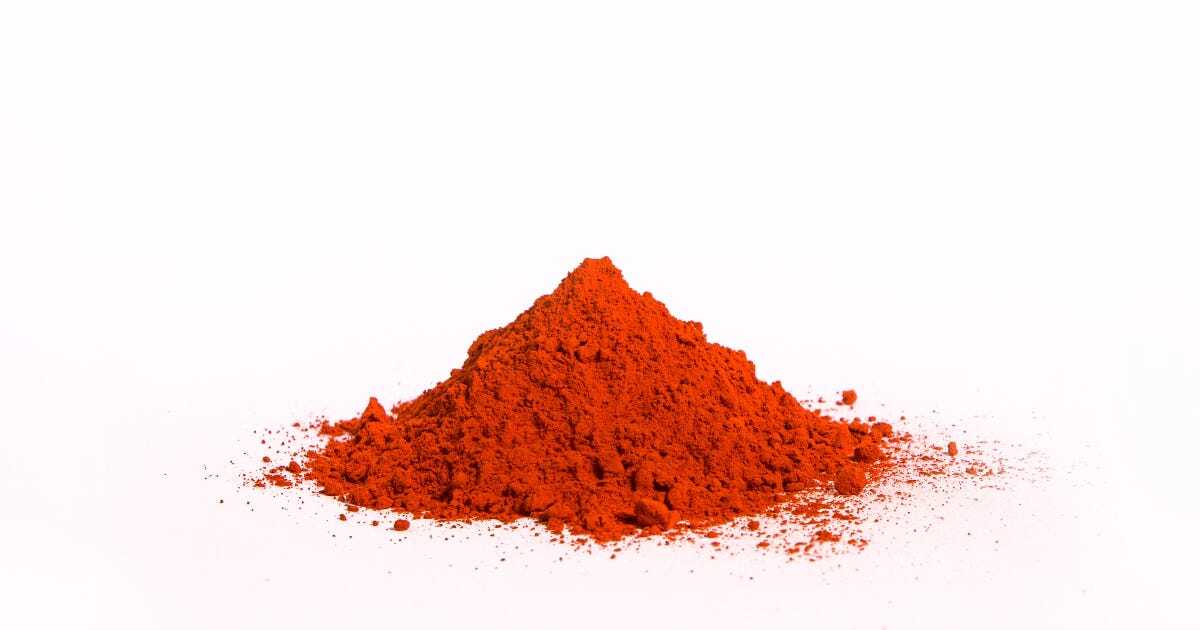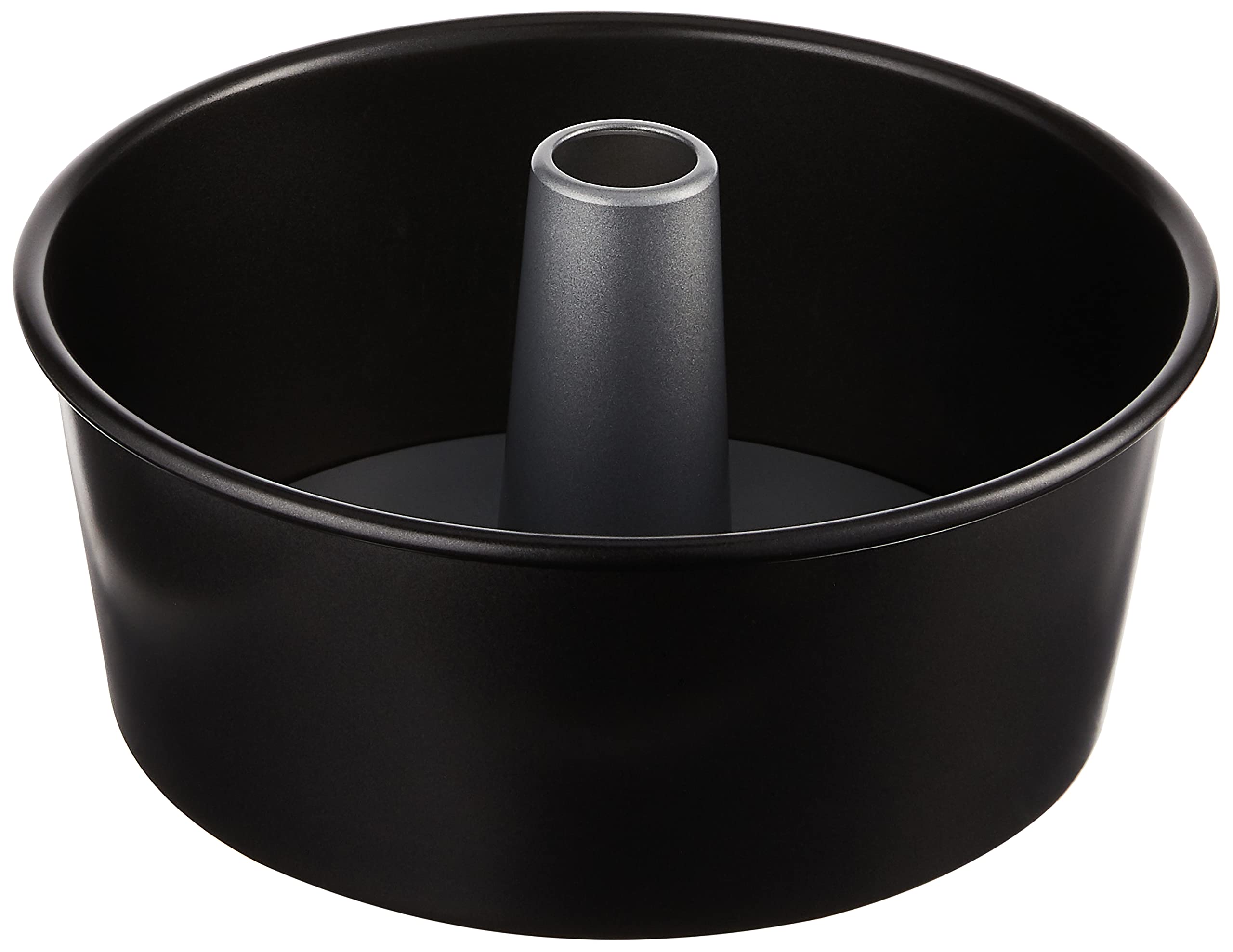The Difference Between Turnip Greens and Collard Greens
When it comes to leafy greens, turnip greens and collard greens are often confused for one another. While they may look similar, there are some key differences between the two that are important to note. Let’s explore the distinctions between turnip greens and collard greens to help you better understand these nutritious and delicious vegetables.
Appearance
One of the most noticeable differences between turnip greens and collard greens is their appearance. Turnip greens have a more delicate and tender leaf compared to the sturdier and thicker leaves of collard greens. Turnip greens also tend to have a slightly lighter shade of green compared to the darker green color of collard greens.
Flavor
When it comes to flavor, turnip greens and collard greens also have distinct differences. Turnip greens have a slightly peppery and tangy flavor, while collard greens have a milder, slightly bitter taste. The flavor of turnip greens can add a unique kick to dishes, while collard greens offer a more subtle taste.
Nutritional Content
Both turnip greens and collard greens are packed with essential nutrients, but their nutritional content differs slightly. Turnip greens are rich in vitamins A, C, and K, as well as folate and calcium. On the other hand, collard greens are an excellent source of vitamins A, K, and C, as well as fiber and folate. Both greens offer a powerhouse of nutrients, making them valuable additions to a healthy diet.
Culinary Uses
While turnip greens and collard greens can often be used interchangeably in recipes, their unique flavors and textures make them suitable for different culinary applications. Turnip greens are well-suited for quick cooking methods such as sautéing or wilting, and their peppery flavor pairs well with bold ingredients like garlic and chili flakes. Collard greens, with their sturdier leaves, are often used in slow-cooked dishes such as stews and braises, where they can soften and absorb the flavors of the dish over time.
Cultural Significance
Both turnip greens and collard greens hold cultural significance in various cuisines. Collard greens are a staple in Southern cuisine, where they are often slow-cooked with ham hocks or other smoked meats to create a flavorful side dish. Turnip greens are also popular in Southern cooking, where they are often prepared with a touch of vinegar or hot sauce to complement their peppery flavor.
Conclusion
While turnip greens and collard greens share some similarities, such as their nutritional benefits and cultural importance, they also have distinct differences in terms of flavor, appearance, and culinary uses. Whether you’re a fan of the peppery kick of turnip greens or the milder taste of collard greens, both of these leafy greens offer unique qualities that make them valuable additions to a diverse and nutritious diet.
Next time you’re at the market, consider picking up a bunch of turnip greens or collard greens to experiment with in your kitchen. Whether you’re sautéing them as a simple side dish or incorporating them into a hearty stew, these greens are sure to bring a burst of flavor and a dose of essential nutrients to your meals.











